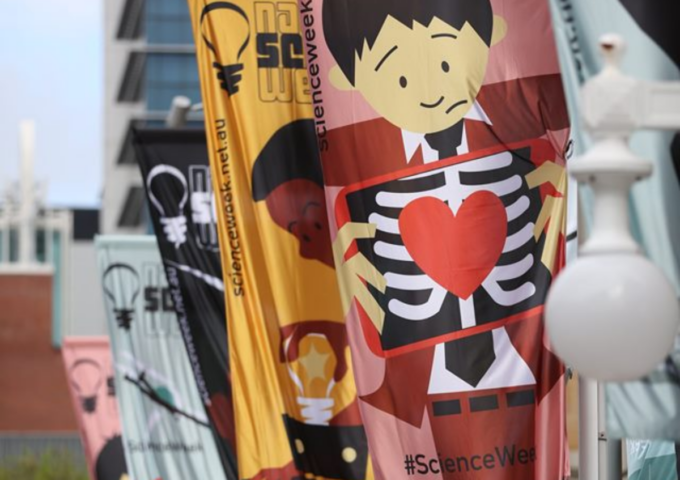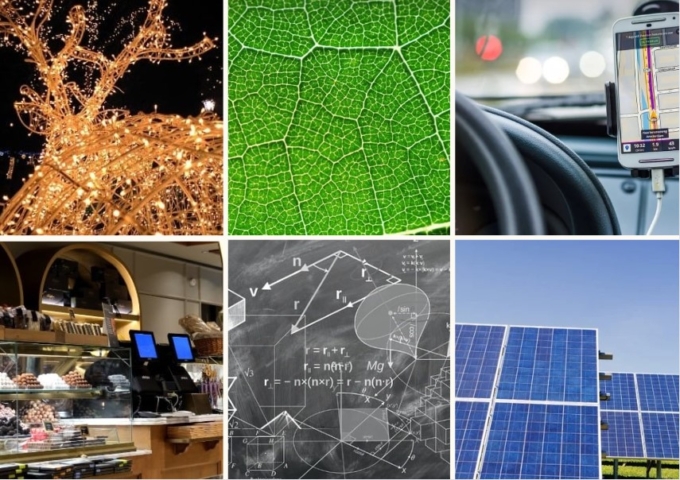Wittunga Botanic Garden
Botanic gardens have shaped civilisation using the value of plants and provide insights into the natural world. Beginning a place for growing plants for medicinal use, botanic gardens evolved to become science and collections based institutions where plants were classified and an understanding of their purpose was discovered.
Located in suburban Blackwood, Wittunga Botanic Garden devotes 14 hectares to indigenous and non-indigenous collections. Edwin Ashby, who established Wittunga in 1902, was fascinated by the close relationship between the water-wise Australian and South African flora who can survive the dry Adelaide climate. Wittunga shows us that water-wise gardens can be just as diverse and colourful as their water-dependent counterparts.
Take a stroll along the Wittunga Naming Walk, which demonstrates how plants are named scientifically and the origins of their names – whether from a person or a characteristic of the plant.
Wittunga clearly demonstrates the importance of native vegetation as a support for the whole ecosystem. Spend time spotting the native birds, including honeyeaters, rosellas and lorikeets, and butterflies who are attracted by the sweet nectar and fruit produced by native Australian plants and take refuge in the tall eucalyptus collection. The Grey Box Woodland provides important natural habitats for native animals such as possums and reptiles.
The garden is open daily.
Photo: Alan & Flora Botting (CC BY-SA 2.0)






